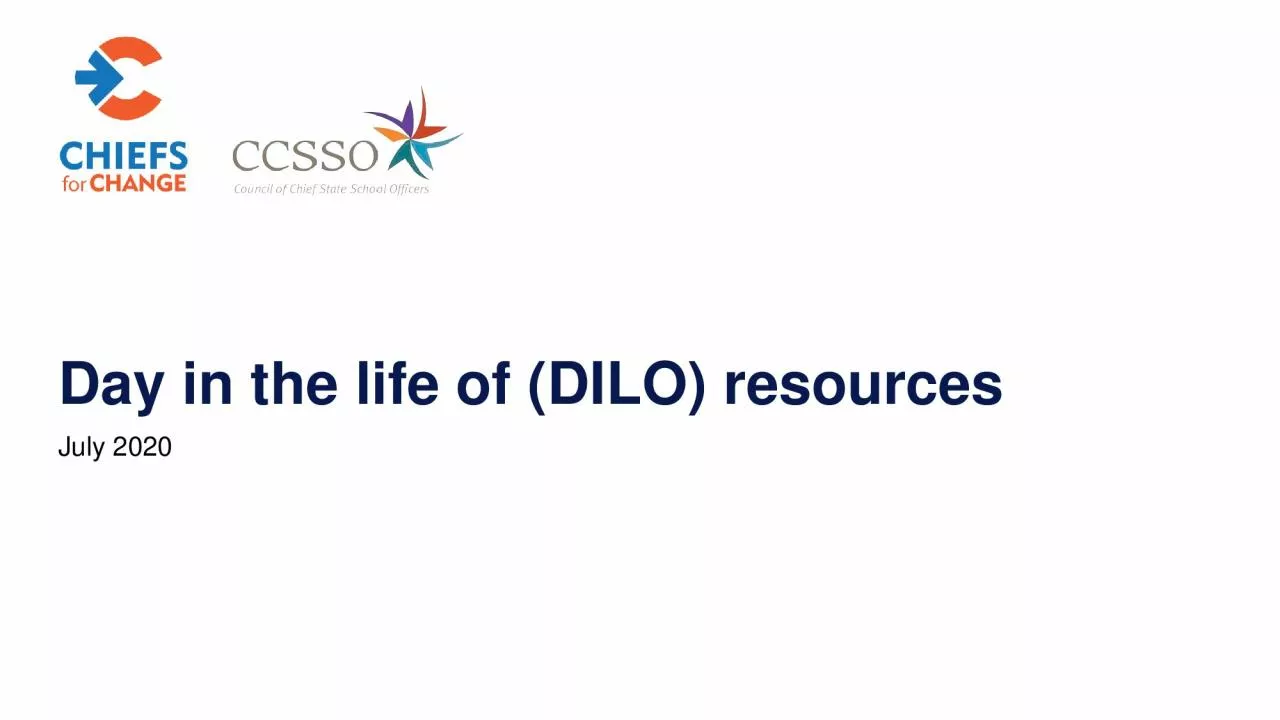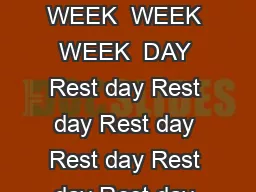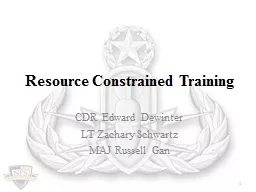PDF-Day in the life of DILO resources
Author : harmony | Published Date : 2021-08-15
July 20202What is a day in the life of DILO simulation1Can also be used to detail a longer time period eg a week in the life of for a student in a hybrid modelWho
Presentation Embed Code
Download Presentation
Download Presentation The PPT/PDF document "Day in the life of DILO resources" is the property of its rightful owner. Permission is granted to download and print the materials on this website for personal, non-commercial use only, and to display it on your personal computer provided you do not modify the materials and that you retain all copyright notices contained in the materials. By downloading content from our website, you accept the terms of this agreement.
Day in the life of DILO resources: Transcript
Download Rules Of Document
"Day in the life of DILO resources"The content belongs to its owner. You may download and print it for personal use, without modification, and keep all copyright notices. By downloading, you agree to these terms.
Related Documents














